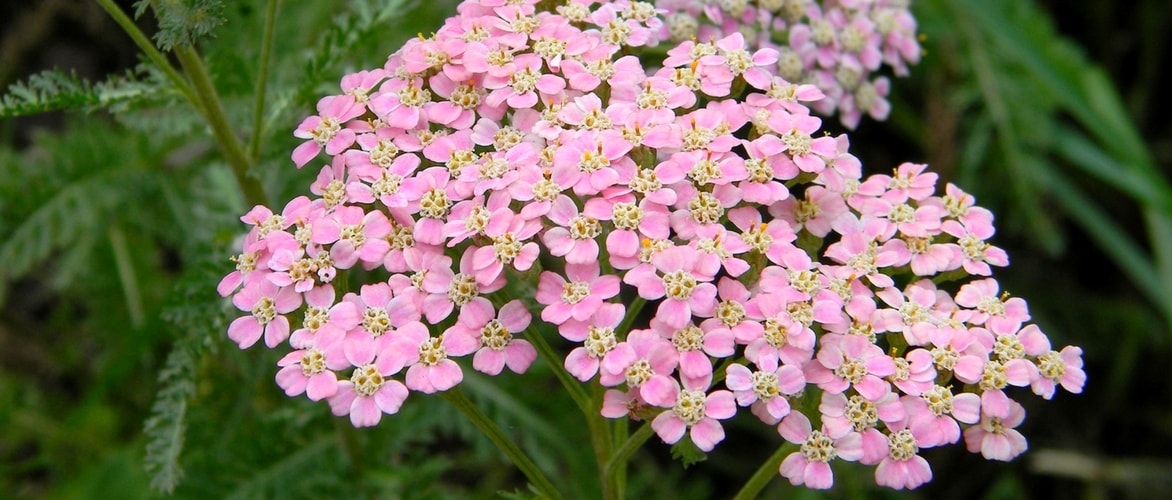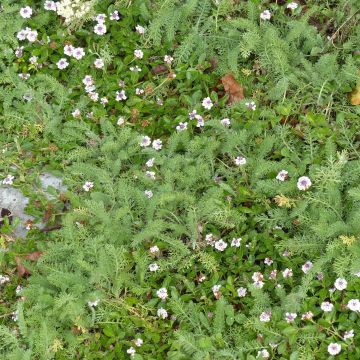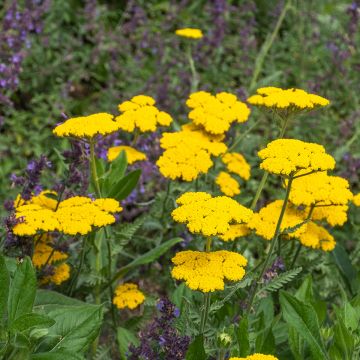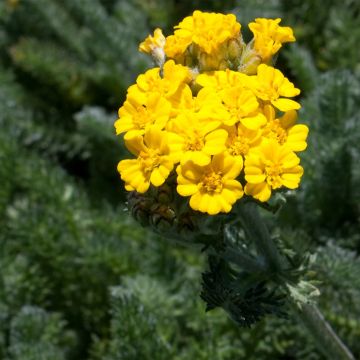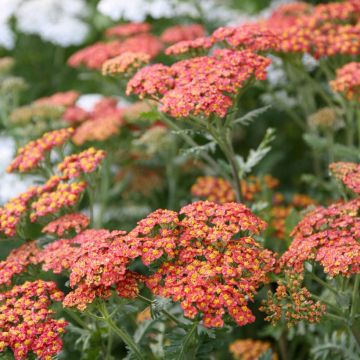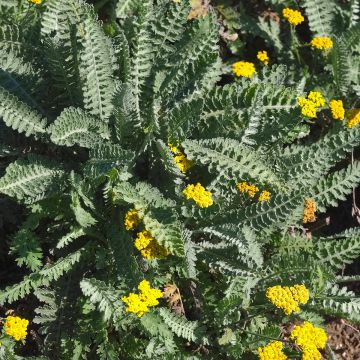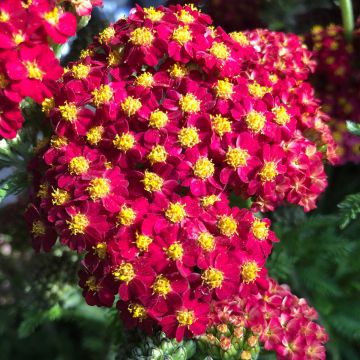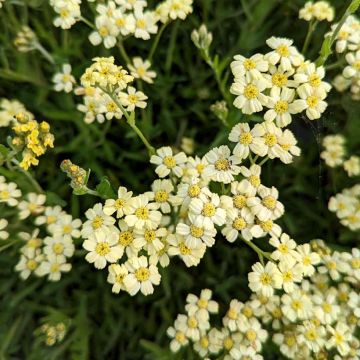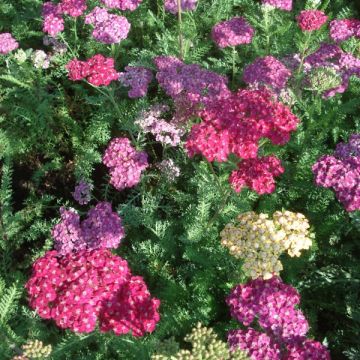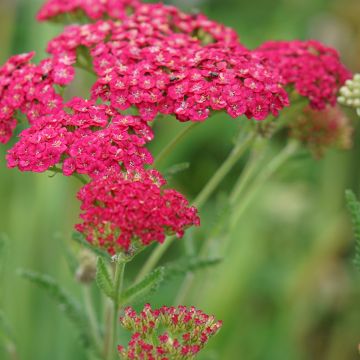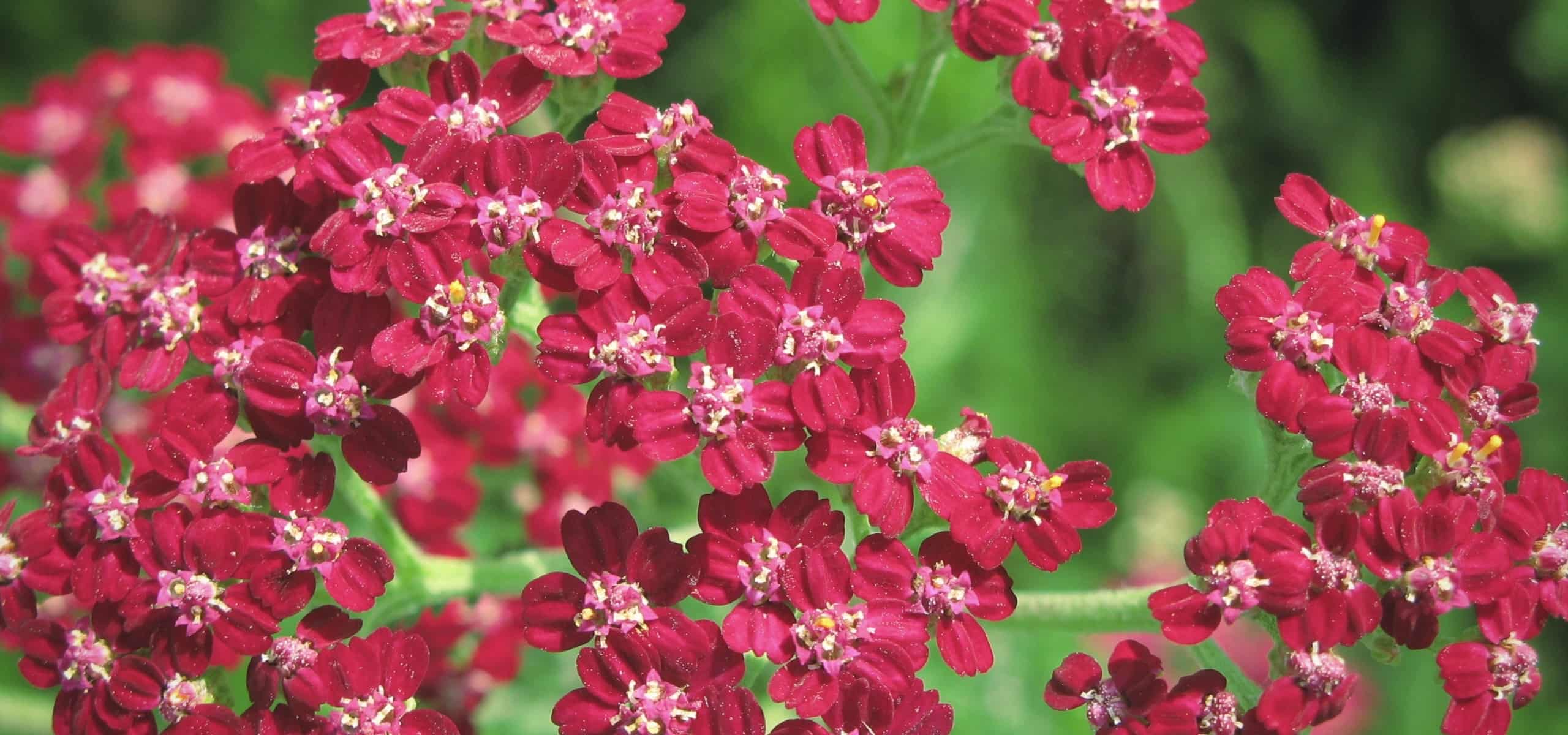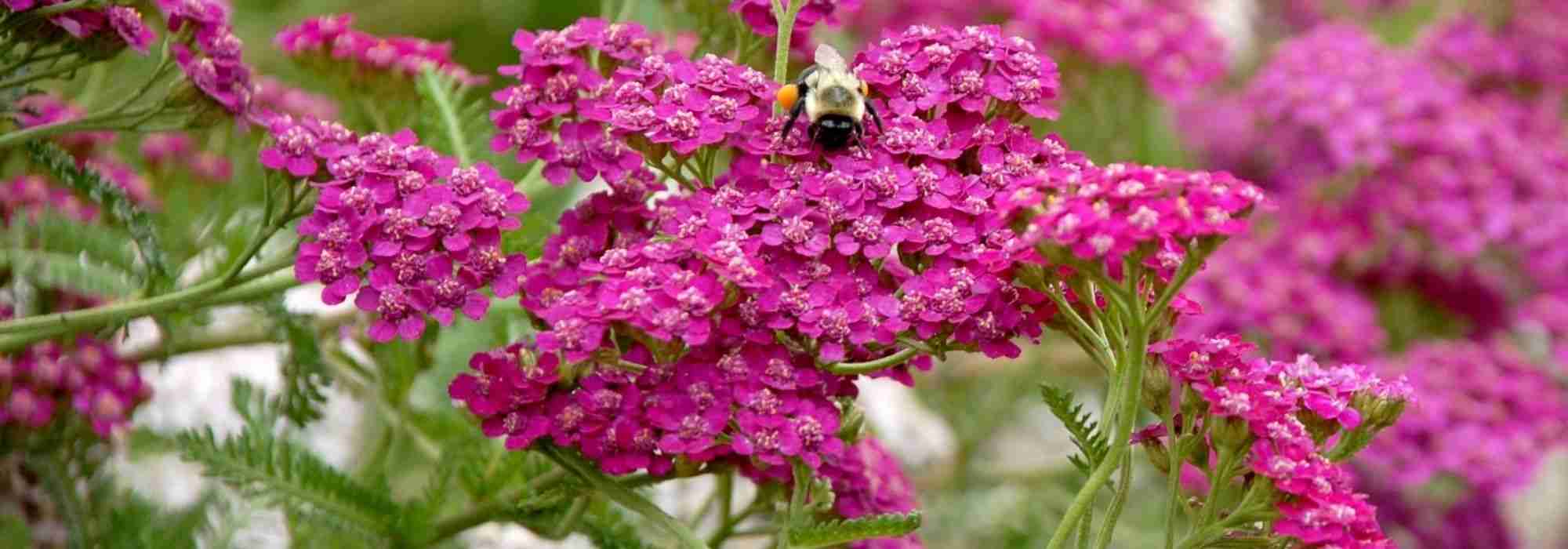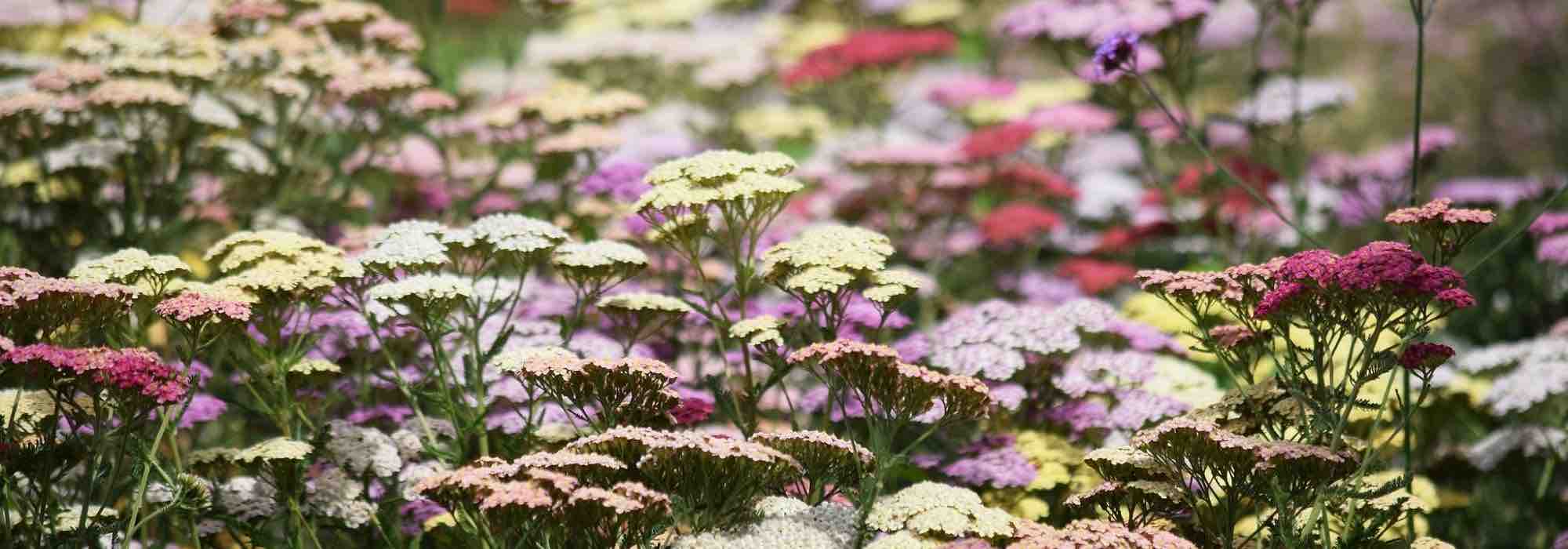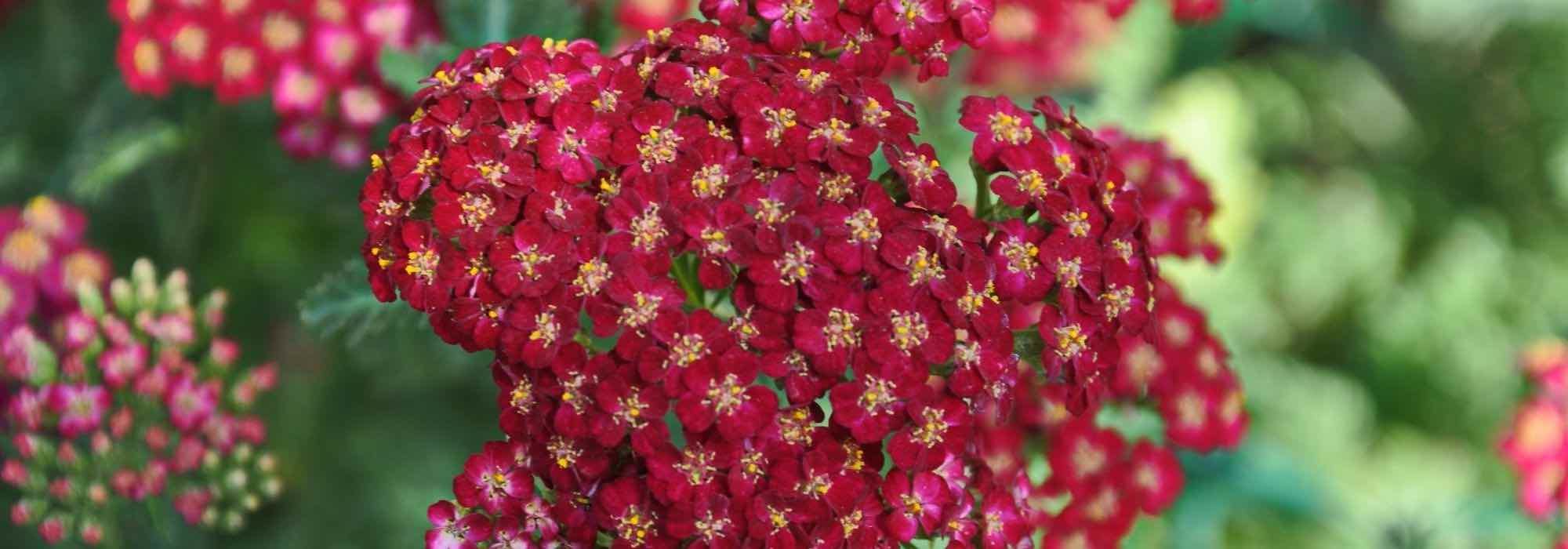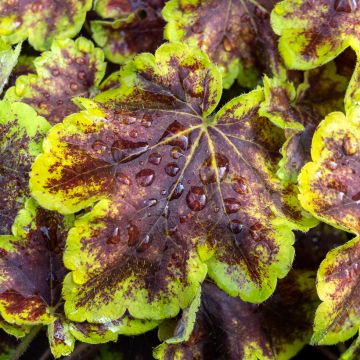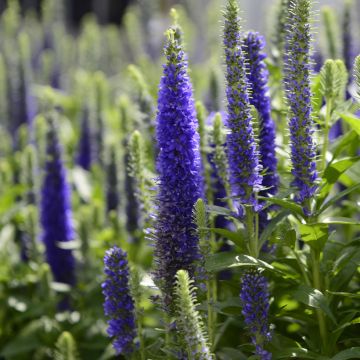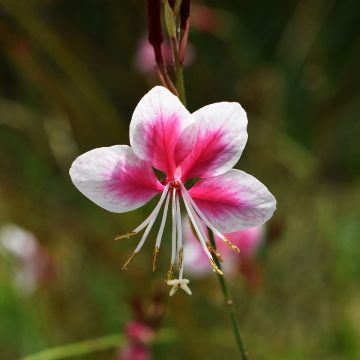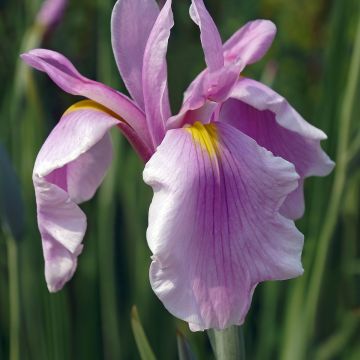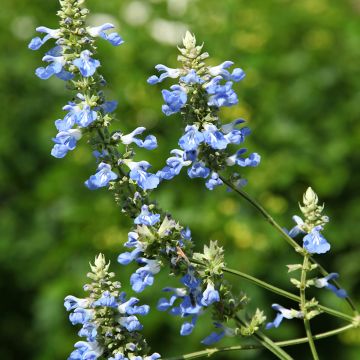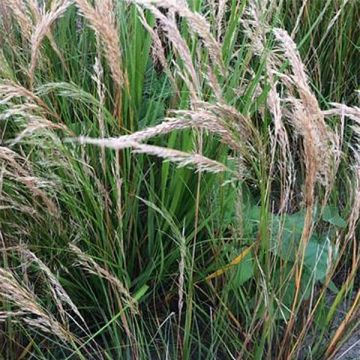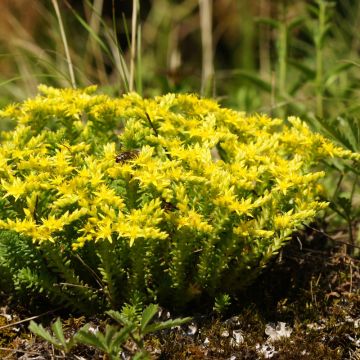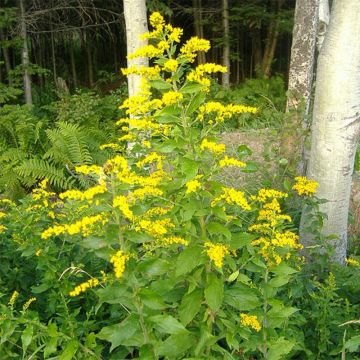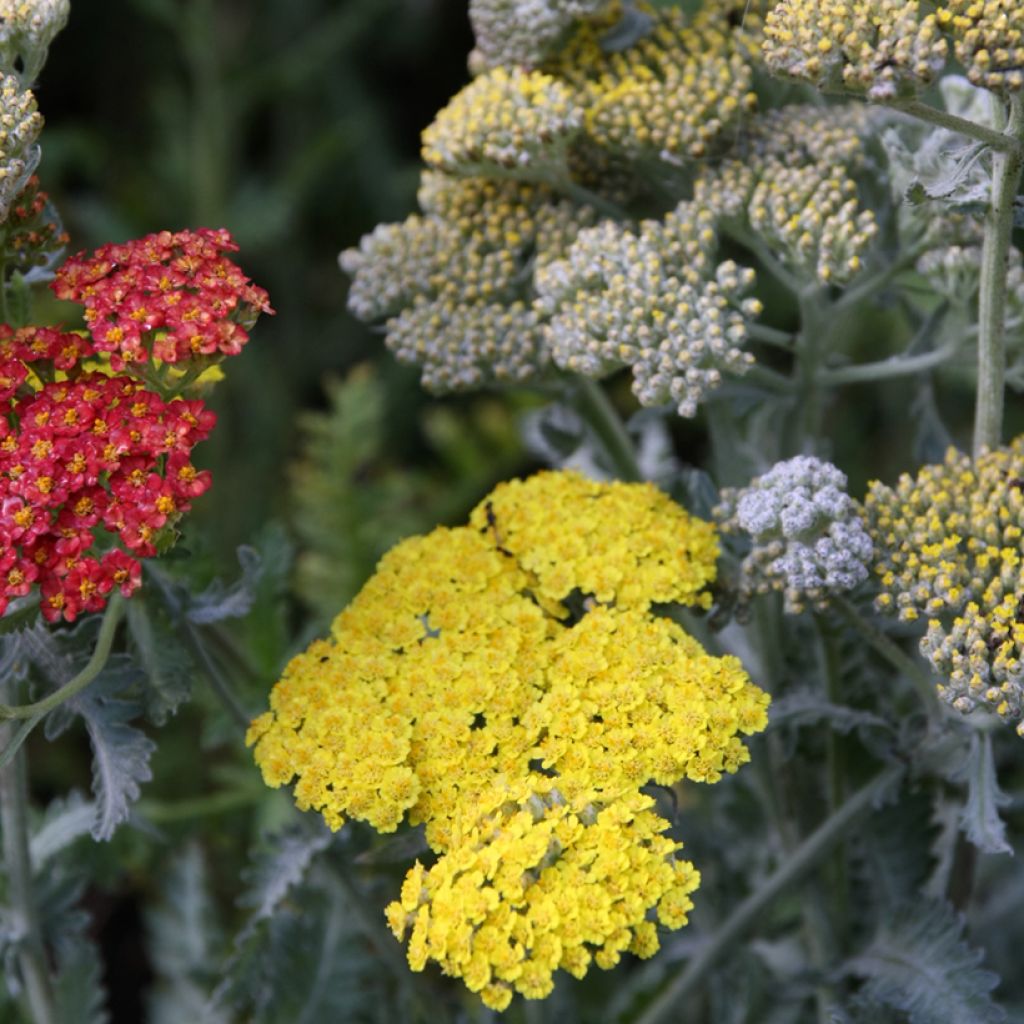

Achillea clypeolata Little Moonshine
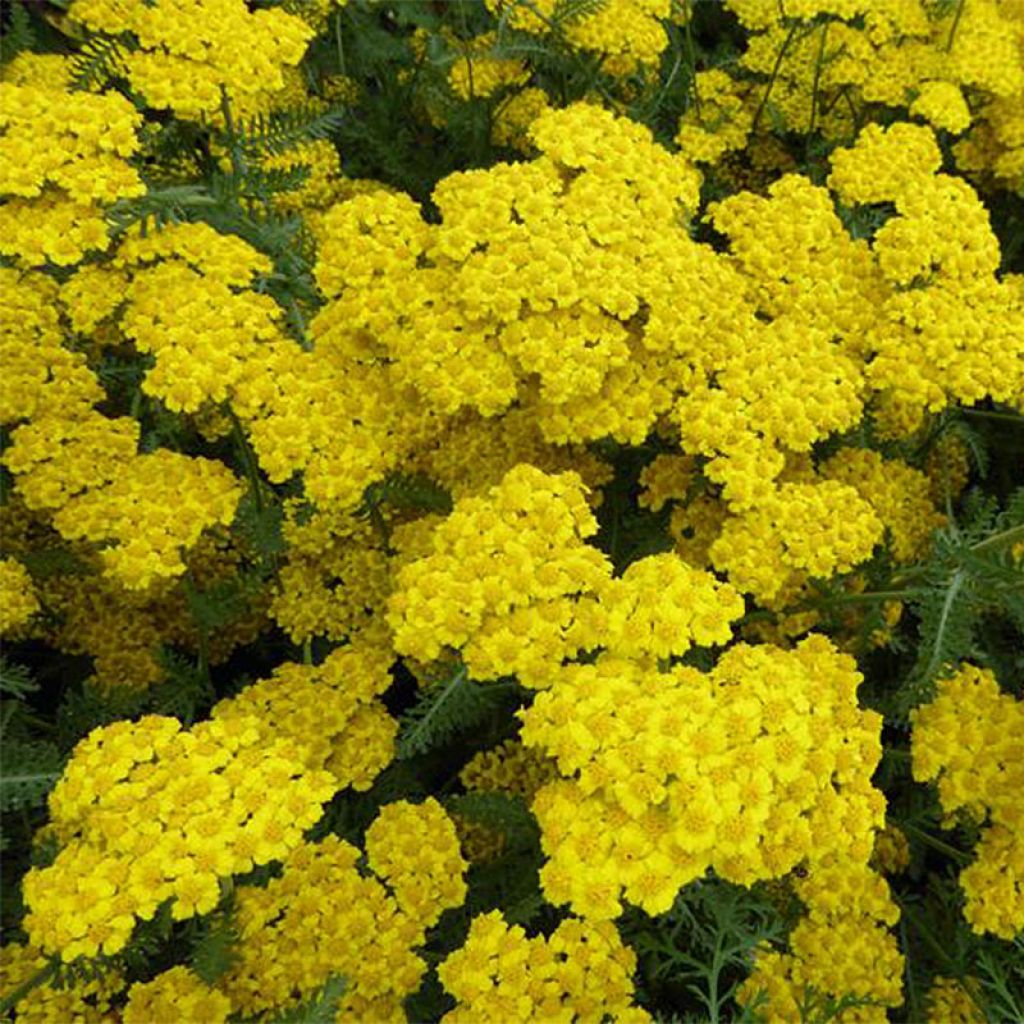

Achillea clypeolata Little Moonshine
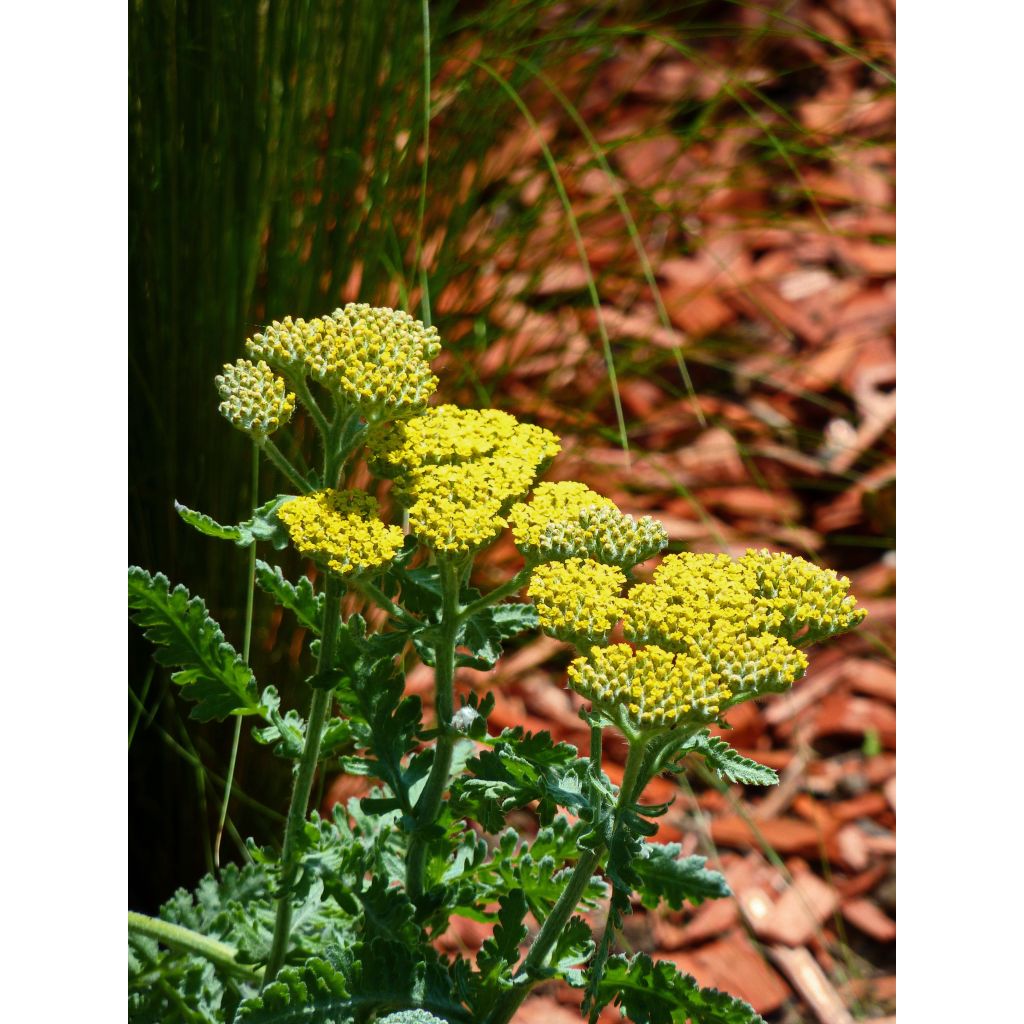

Achillea clypeolata Little Moonshine
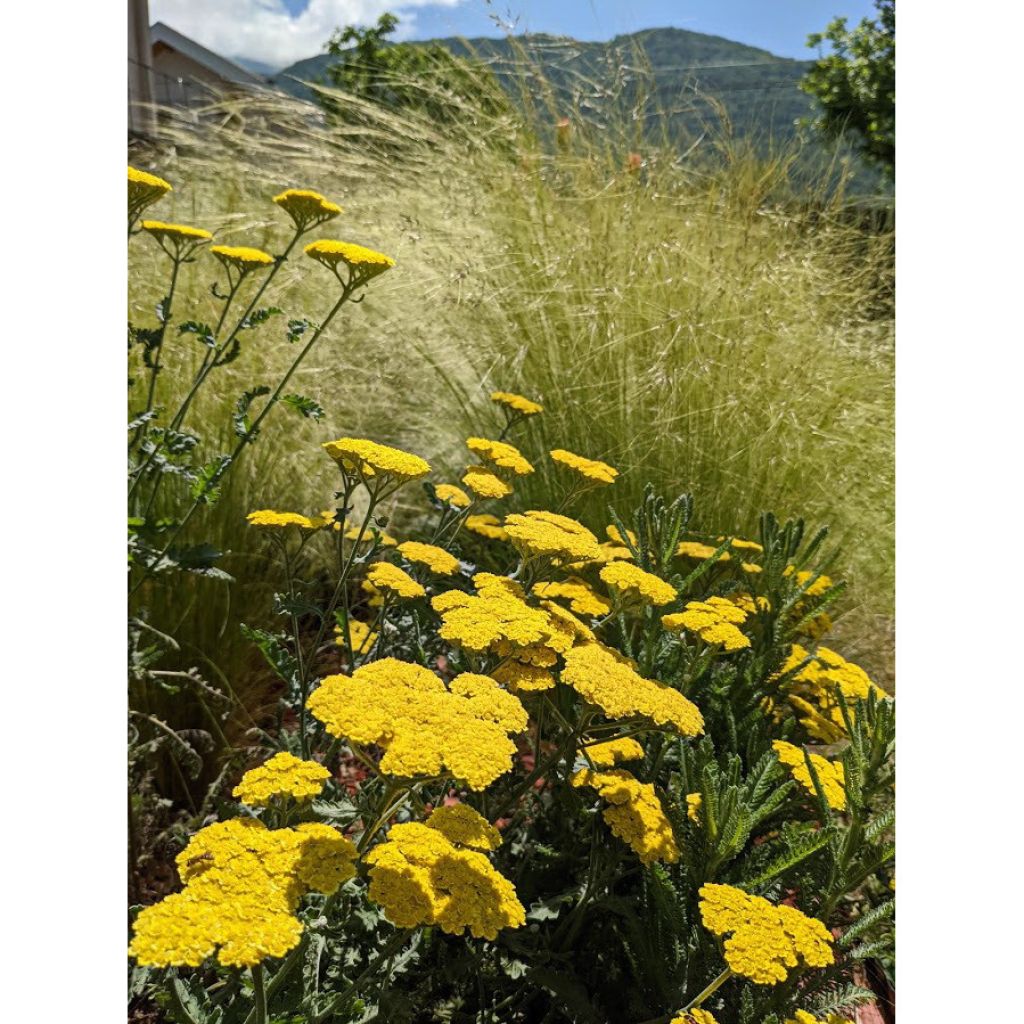

Achillea clypeolata Little Moonshine
View more pictures
Hide images
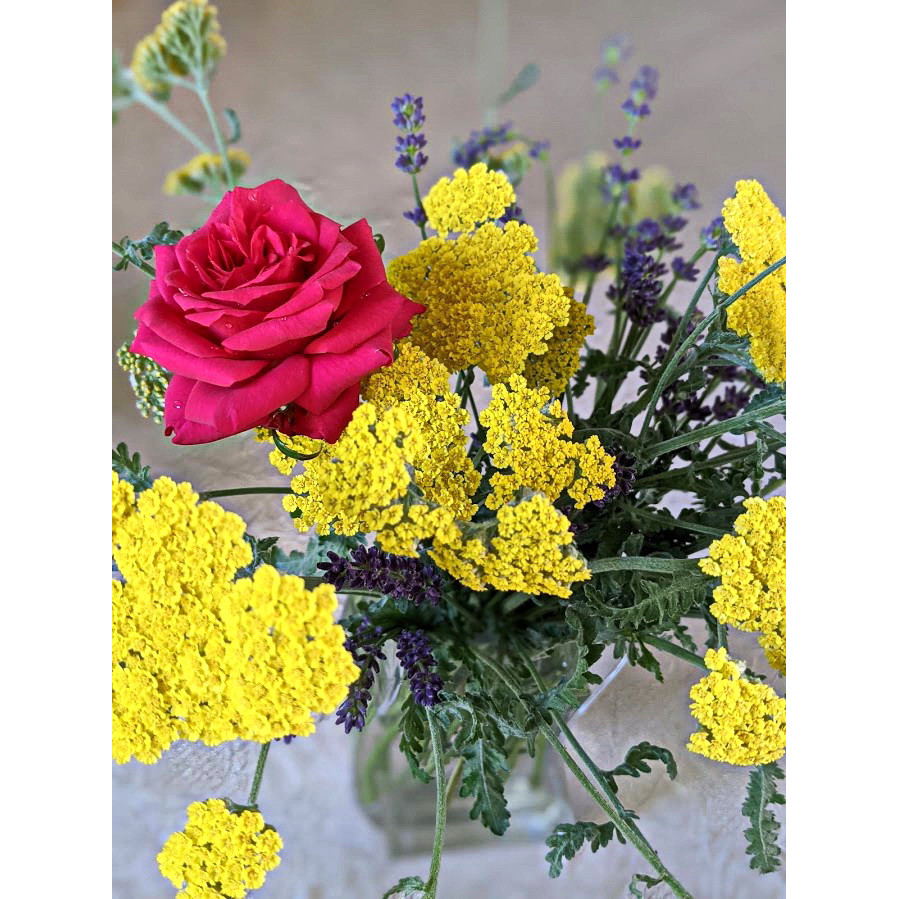
Tatsiana C.

So beautiful in a bouquet!
Tatsiana C. • 38 FR
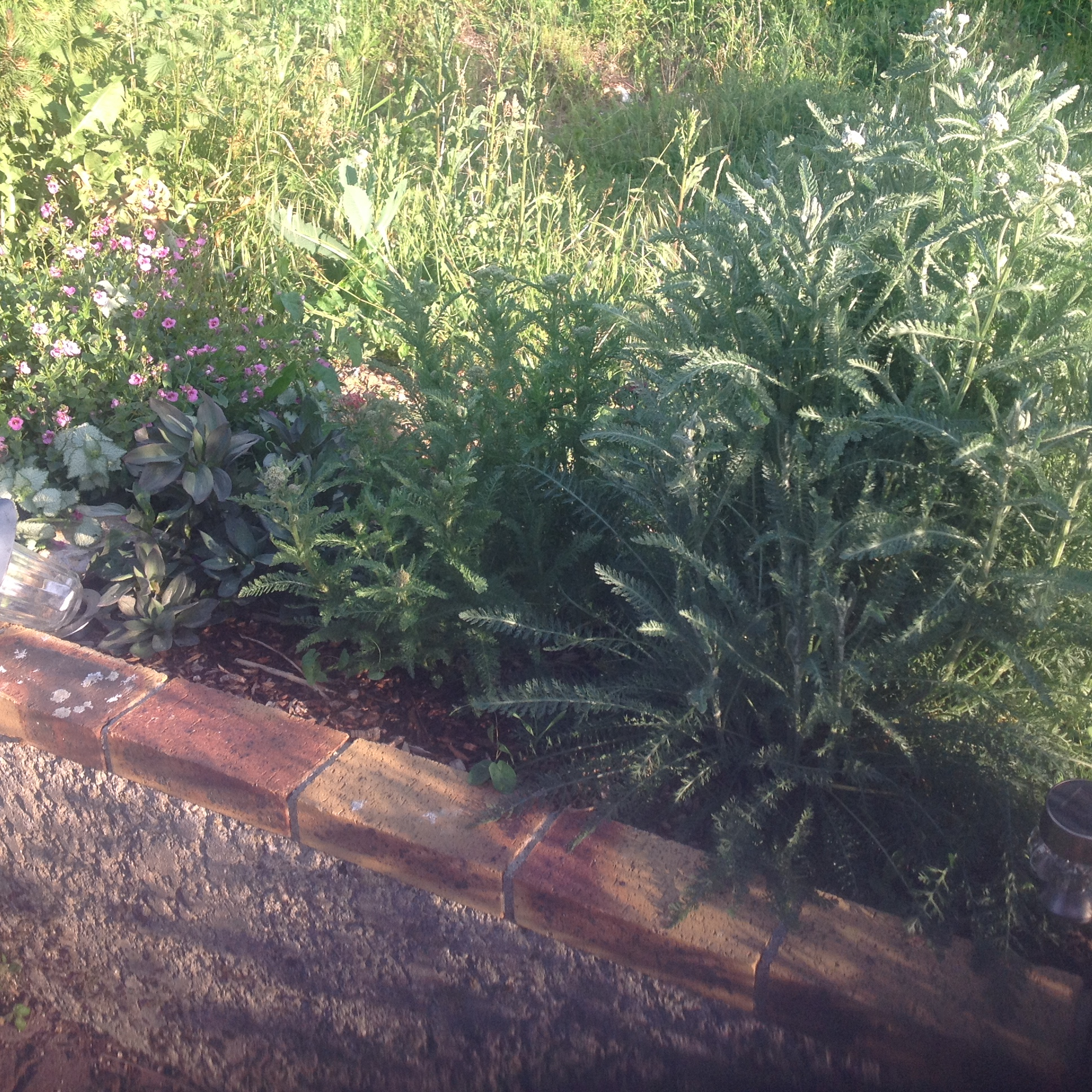
Roselyne L.

Yarrow, it has doubled in size.
Roselyne L. • 77 FR
Achillea clypeolata Little Moonshine
Achillea x clypeolata Little Moonshine
Yarrow
Lovely plant.
Kathy, 27/11/2024
Special offer!
Receive a €20 voucher for any order over €90 (excluding delivery costs, credit notes, and plastic-free options)!
1- Add your favorite plants to your cart.
2- Once you have reached €90, confirm your order (you can even choose the delivery date!).
3- As soon as your order is shipped, you will receive an email containing your voucher code, valid for 3 months (90 days).
Your voucher is unique and can only be used once, for any order with a minimum value of €20, excluding delivery costs.
Can be combined with other current offers, non-divisible and non-refundable.
Home or relay delivery (depending on size and destination)
Schedule delivery date,
and select date in basket
This plant carries a 12 months recovery warranty
More information
We guarantee the quality of our plants for a full growing cycle, and will replace at our expense any plant that fails to recover under normal climatic and planting conditions.
Would this plant suit my garden?
Set up your Plantfit profile →
Description
The 'Little Moonshine' Achillea is a compact version of the beautiful Moonshine hybrid yarrow, appreciated for its radiant spring-to-summer golden yellow flowering. While its flower stems are shorter, its clusters of very bright yellow flowers are just as wide, and they appear 2 to 3 weeks earlier than those of its older sibling. They dominate beautiful, finely cut silver-green foliage and are decorative all year round. This sun-loving perennial is ideal in a rock garden or a dry garden in well-drained soil.
The Little Moonshine yarrow was introduced in England in 2015. It is an herbaceous perennial plant resulting from a hybridisation between the Achillea clypeolata, native to the Balkans, and the A. aegyptica var Taygetea, native to Greece. All yarrows belong to the Asteraceae family. It is a bushy plant, forming a cluster of about 25-30 cm (10-12in) in all directions, 10 cm (4in) for the foliage. It consists of light, deciduous or semi-evergreen leaves, depending on the severity of the winter and where it is grown. They are finely cut into strips, lobed, feathery and grey-green with silver reflections.
The remarkably long flowering period extends from May-June to September. The flower heads are very bright, with sun-like yellow florets. These tiny heads, which appear at the tops of 25 cm (10in) stems, form numerous tight clusters with a flat or slightly domed top, 7 to 8 cm (3in) in diameter. The plant produces fruits known as achenes. Its stem is grooved and covered with tiny hairs.
This wildflower is easy to care for and adds a charming touch to simple beds, especially in rocky and dry soils during the summer. It's great for rock gardens, on walls, as a border, or on slopes, where it helps prevent erosion. You can use it as a ground cover in smaller areas to avoid mowing, particularly in less busy spots. To complement it, consider planting creeping thymes (Thymus ciliatus, serpyllium) or Lippia nodiflora. This plant is perfect for sunny beds and the base of shrub roses since it's drought-tolerant and easy to grow.
Achillea clypeolata Little Moonshine in pictures
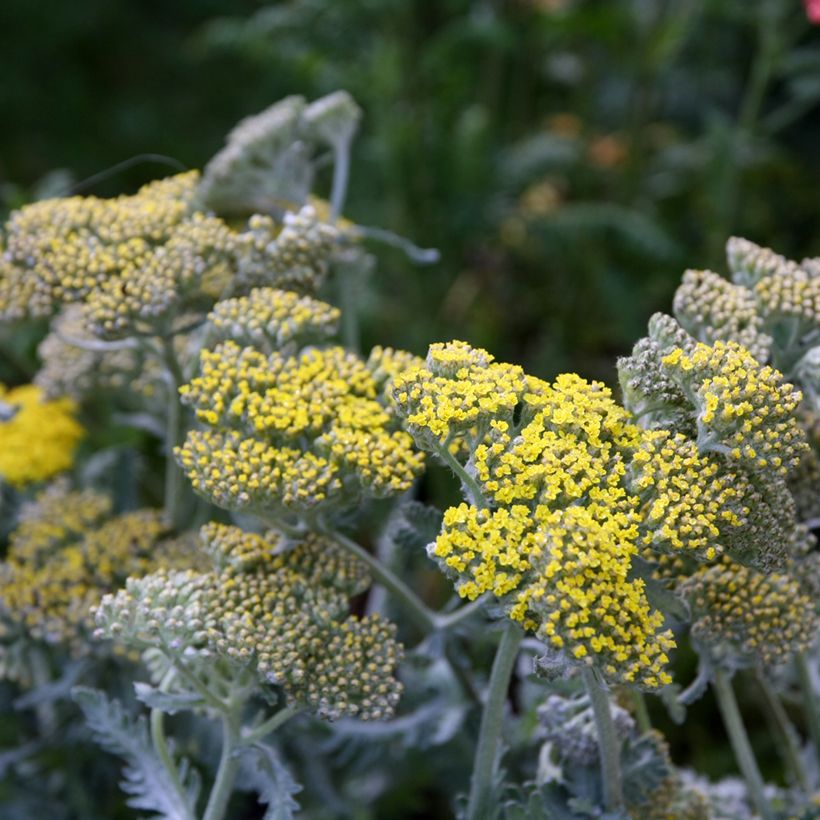

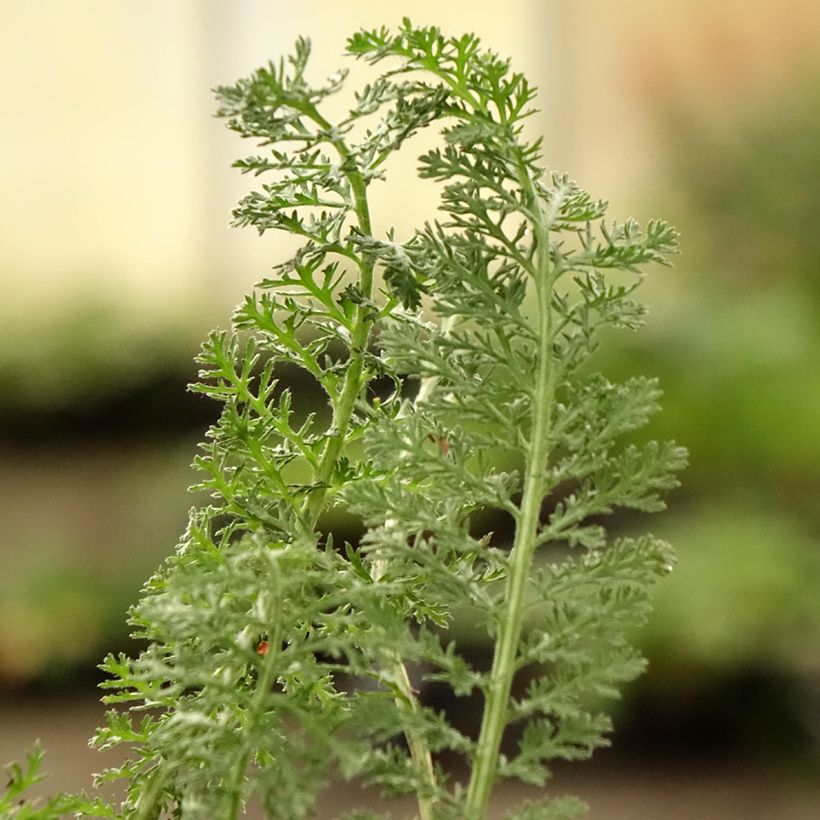

Flowering
Foliage
Plant habit
Botanical data
Achillea
x clypeolata
Little Moonshine
Asteraceae
Yarrow
Cultivar or hybrid
Other Achillea
View all →Planting and care
If you want to grow Achillea 'Little Moonshine', here's what you need to know. This plant can be grown in a pot all year round in well-drained soil. It can grow in any type of soil, even if it's dry or moist, as long as the soil is well-drained. It can even adapt to clayey soils, as long as they are permeable and well-drained. The plant thrives in full sun. To encourage new shoots in spring, trim the faded flowers and cut back all the vegetation at the end of the season. You should also divide the plant in spring.
Planting period
Intended location
Care
Planting & care advice
-
, onOrder confirmed
Reply from on Promesse de fleurs
Similar products
Haven't found what you were looking for?
Hardiness is the lowest winter temperature a plant can endure without suffering serious damage or even dying. However, hardiness is affected by location (a sheltered area, such as a patio), protection (winter cover) and soil type (hardiness is improved by well-drained soil).

Photo Sharing Terms & Conditions
In order to encourage gardeners to interact and share their experiences, Promesse de fleurs offers various media enabling content to be uploaded onto its Site - in particular via the ‘Photo sharing’ module.
The User agrees to refrain from:
- Posting any content that is illegal, prejudicial, insulting, racist, inciteful to hatred, revisionist, contrary to public decency, that infringes on privacy or on the privacy rights of third parties, in particular the publicity rights of persons and goods, intellectual property rights, or the right to privacy.
- Submitting content on behalf of a third party;
- Impersonate the identity of a third party and/or publish any personal information about a third party;
In general, the User undertakes to refrain from any unethical behaviour.
All Content (in particular text, comments, files, images, photos, videos, creative works, etc.), which may be subject to property or intellectual property rights, image or other private rights, shall remain the property of the User, subject to the limited rights granted by the terms of the licence granted by Promesse de fleurs as stated below. Users are at liberty to publish or not to publish such Content on the Site, notably via the ‘Photo Sharing’ facility, and accept that this Content shall be made public and freely accessible, notably on the Internet.
Users further acknowledge, undertake to have ,and guarantee that they hold all necessary rights and permissions to publish such material on the Site, in particular with regard to the legislation in force pertaining to any privacy, property, intellectual property, image, or contractual rights, or rights of any other nature. By publishing such Content on the Site, Users acknowledge accepting full liability as publishers of the Content within the meaning of the law, and grant Promesse de fleurs, free of charge, an inclusive, worldwide licence for the said Content for the entire duration of its publication, including all reproduction, representation, up/downloading, displaying, performing, transmission, and storage rights.
Users also grant permission for their name to be linked to the Content and accept that this link may not always be made available.
By engaging in posting material, Users consent to their Content becoming automatically accessible on the Internet, in particular on other sites and/or blogs and/or web pages of the Promesse de fleurs site, including in particular social pages and the Promesse de fleurs catalogue.
Users may secure the removal of entrusted content free of charge by issuing a simple request via our contact form.
The flowering period indicated on our website applies to countries and regions located in USDA zone 8 (France, the United Kingdom, Ireland, the Netherlands, etc.)
It will vary according to where you live:
- In zones 9 to 10 (Italy, Spain, Greece, etc.), flowering will occur about 2 to 4 weeks earlier.
- In zones 6 to 7 (Germany, Poland, Slovenia, and lower mountainous regions), flowering will be delayed by 2 to 3 weeks.
- In zone 5 (Central Europe, Scandinavia), blooming will be delayed by 3 to 5 weeks.
In temperate climates, pruning of spring-flowering shrubs (forsythia, spireas, etc.) should be done just after flowering.
Pruning of summer-flowering shrubs (Indian Lilac, Perovskia, etc.) can be done in winter or spring.
In cold regions as well as with frost-sensitive plants, avoid pruning too early when severe frosts may still occur.
The planting period indicated on our website applies to countries and regions located in USDA zone 8 (France, United Kingdom, Ireland, Netherlands).
It will vary according to where you live:
- In Mediterranean zones (Marseille, Madrid, Milan, etc.), autumn and winter are the best planting periods.
- In continental zones (Strasbourg, Munich, Vienna, etc.), delay planting by 2 to 3 weeks in spring and bring it forward by 2 to 4 weeks in autumn.
- In mountainous regions (the Alps, Pyrenees, Carpathians, etc.), it is best to plant in late spring (May-June) or late summer (August-September).
The harvesting period indicated on our website applies to countries and regions in USDA zone 8 (France, England, Ireland, the Netherlands).
In colder areas (Scandinavia, Poland, Austria...) fruit and vegetable harvests are likely to be delayed by 3-4 weeks.
In warmer areas (Italy, Spain, Greece, etc.), harvesting will probably take place earlier, depending on weather conditions.
The sowing periods indicated on our website apply to countries and regions within USDA Zone 8 (France, UK, Ireland, Netherlands).
In colder areas (Scandinavia, Poland, Austria...), delay any outdoor sowing by 3-4 weeks, or sow under glass.
In warmer climes (Italy, Spain, Greece, etc.), bring outdoor sowing forward by a few weeks.






























